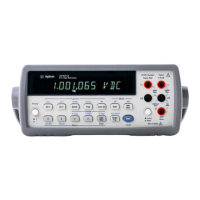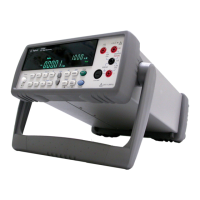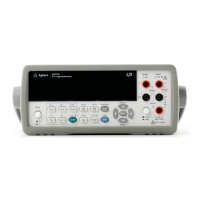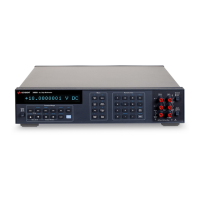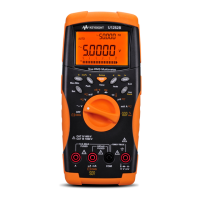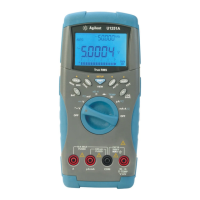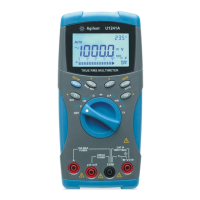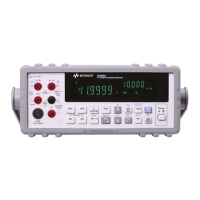Difference Error
Example
This example demonstrates how to compute the total measurement error
when using the Difference Function. Assume a difference measurement
is made with the following conditions:
• Channel 1, 1 V input on the 1 Volt range
• Channel 2, 1.2 V input on the 10 Volt range
To compute the total measurement error using the 90-day accuracy
specifications for the error:
Channel 1 (% of reading + % of range) + Channel 2 (% of reading + % of range).
Channel 1 Reading Error = 0.0025% ∗ 1 V
= 25 µV
Channel 1 Range Error = 0.0004% ∗ 1 V
= 4 µV
Channel 2 Reading Error = 0.0020% ∗ 1.2 V = 24
µV
Channel 2 Range Error = 0.0004% ∗ 10 V = 40 µV
Total Error = 25 µV
+ 4 µV + 24 µV + 40 µV = 93 µV
Difference = 1 V
− 1.2 V = − 0.2 V ± 93 µV
For difference measurements, if both channel 1 and channel 2 are using
the same range, the % of reading error can be applied directly to to the
voltage difference. In the example, if both channels are using
the 1 V range, the total reading error can be computed as:
Reading Error = 0.0025% ∗ ( 1.2 V − 1 V ) = 5 µV
Channel 1 Range Error = 0.0004% ∗ 1 V = 4 µV
Channel 2 Range Error = 0.0004% ∗ 1 V = 4 µV
Total Error = 5 µV + 4 µV + 4 µV =
13 µV
Difference = 1 V − 1.2 V = − 0.2 V ± 13
µV
Using NULL on each input channel will reduce the % of range error in
the measurement to the noise level of the meter.
8
Chapter 8
To Calculate Total Measurement Error
283
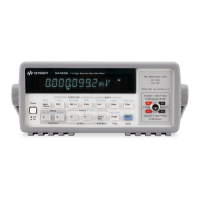
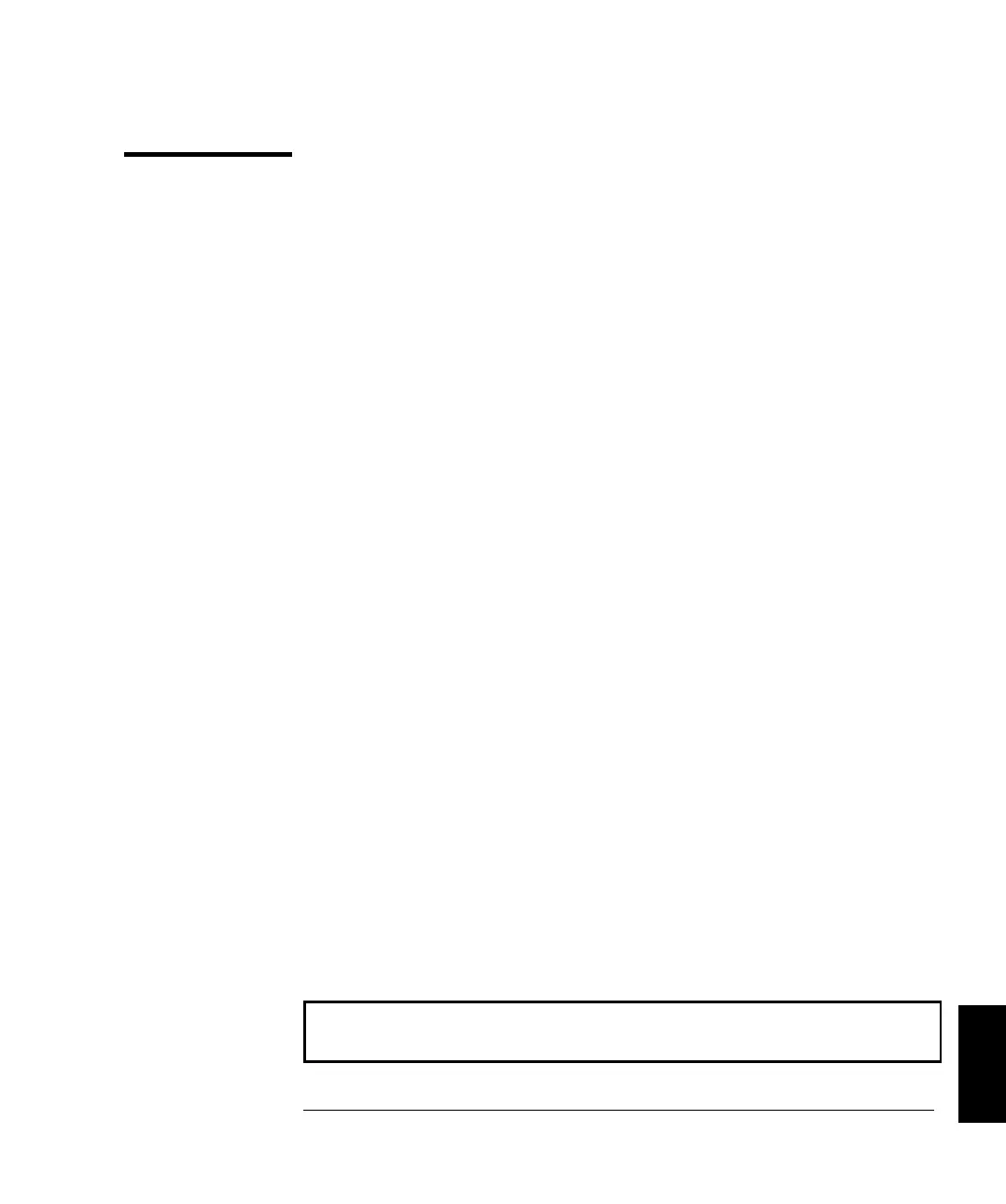